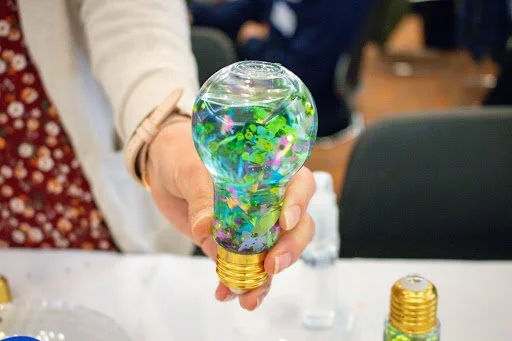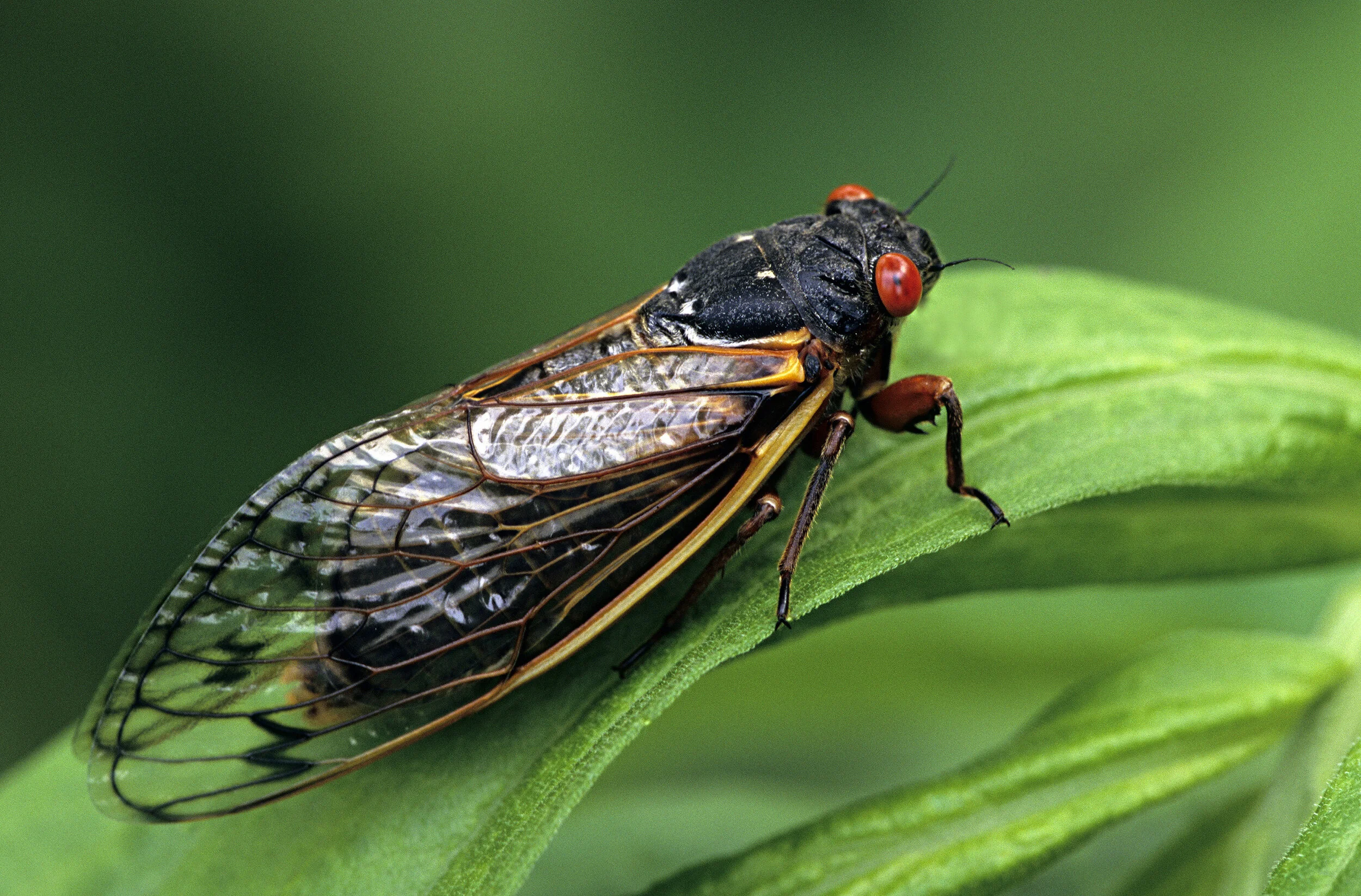Ocean Acidification Effect on Coral
What is Ocean Acidification?
pH scale of common items in relation to water
Source: https://archive.epa.gov/climatechange/kids/impacts/signs/acidity.html
Ocean acidification is any change in ocean water that can be harmful to the plants and animals in the ocean. The biggest threat for ocean acidification is that more carbon dioxide is being released into the atmosphere. Burning fossil fuels like coal and oil causes an increase of carbon dioxide concentration in the atmosphere. Oceans suck up a large amount of carbon dioxide from the atmosphere, helping lower the atmosphere carbon dioxide concentration, but in turn increases the carbon dioxide concentration in the ocean. Carbon dioxide goes through a series of chemical reactions then leaves some free hydrogen ions in the ocean that cause an increase in acidity. The hydrogen ion concentration is measured to find the pH of the ocean. When the pH number is low, it is considered acidic. Normally ocean water is around pH 8.2, which is near neutral, but since the Industrial Revolution began in 1790, the ocean’s acidity has increased 30%. The ocean’s pH is now at 8.1, which may not seem like a lot, but it means there are 98,381,414,000,000 more hydrogen ions per liter of water!
The chemical reactions happening when carbon dioxide molecules are absorbed into the ocean water from the atmosphere. The shell flow chart shows the degradation of a shell with increased acidity.
Source: https://www.noaa.gov/education/resource-collections/ocean-coasts/ocean-acidification
One of the main effects of ocean acidification is the osteoporosis-like (weakening of bones) effect on shellfish and pteropods. These organisms require calcium and carbonate ions to make their protective shells. When the carbon dioxide reacts with water it makes carbonic acid, which easily breaks apart (or ‘dissociates’) into hydrogen ions and bicarbonate ions, which can’t be used by clams, crabs, and mussels to maintain their shells. Shellfish are only one part of the ocean ecosystem that is affected by ocean acidification.
Pteropod shell placed in sea water at the pH and carbon dioxide levels projected for 2100
Source: https://www.pmel.noaa.gov/co2/story/What+is+Ocean+Acidification%3F
Ocean acidification also affects humans in many ways! Fewer fish survive in harsher conditions caused by ocean acidification, which means there is less fish around for global fishing industries to catch. Millions around the world rely on fish as their primary source of protein. With ocean acidification causing decreasing fish harvests, many people will suffer from lack of food, especially in areas with the fewest agricultural alternatives. As the coral reefs bleach and die, there is less protection from storms hitting the shores.
What is Ocean Acidification Doing to the Coral?
Microscopic (tinier than we can see with our eyes) algae live in healthy coral’s tissues and are the primary food source for coral. These algae are also the thing that gives coral their color. Increasing ocean temperature, acidity, pollution, overexposure to sunlight, and extreme low tides all create a stressed atmosphere for the algae, which causes them to leave the coral’s tissue. The coral are left exposed, colorless and weak without the algae. The bleached coral can only survive so long without the return of the algae.
As a means of survival, coral have started to change their pigment from white to neon colors, coining the term “colorful bleaching”. Researchers at the University of Southampton’s Coral Reef Laboratory studies 15 colorful bleaching events across the globe (read the publication here). They discovered that the neon color is effectively their own sunscreen to protect themselves from the sun. Algae absorb some of the sun’s harmful rays, particularly blue light, protecting the coral. The neon pigment some coral produce in absence of algae helps block out the harmful blue rays. It is also possible the neon pigments help encourage algae to return to their tissues. In some cases, the algae will come back to the coral and reestablish its symbiotic relationship, where the algae and coral benefit from each other.
Neon coloring of coral bleaching in the Philippines
Source: https://www.cbsnews.com/news/dying-coral-reefs-colorful-bleaching-survival-effort-climate-change/
Understanding Coral Health
Fluorescent Protein Production:
With coral reefs on the decline, much research is needed to determine the health of a reef. More recently researchers have been looking for non-invasive ways to measure coral health. In 2013, scientists Melissa Roth and Dimitri Deheyn announced the ability to measure coral health based on its fluorescent glow (read their findings here). Under blue light conditions, fluorescent proteins in coral glow a green color. Using a common branching coral (scientific name of Acropora yongei) the researchers set up a series of experiments where they changed the water temperature that the coral were exposed to, over a 20-day time period. Roth and Deheyn saw an initial drop in fluorescence in both of the coral exposed to cold and hot water. At the end of the experiment, the cold water coral had recovered back to how they started. The hot water coral, on the other hand, had become bleached and were emitting an intense green glow much higher in intensity than the control group. The vivid green glow shines steadily when the coral is in hot water right before the coral’s death. The scientists are hopeful that measuring the fluorescence of coral can help monitor the health of coral, so they can quickly introduce measures to save the coral from drying after they start bleaching, before it is too late.
Images of coral under different water temperatures under white (left) and blue light (right)
Measuring Carbonate Ion Concentration:
In 2016, University of Delaware professors Wei-Jun Cai and Mark Warner led research that allowed for the pH/acidity and carbonate ion concentration to be measured in the calcifying fluid of coral (read the publication here). Remember from earlier, the carbonate ions are what shellfish and coral use to create their protective shells. A specialized carbonate sensor developed by Cai’s research group provided the first measurements of carbonate ion concentration directly in coral. This invention marked a great beginning in understanding the chemistry behind the harmful effects of ocean acidification. Scientists know that there is a large effect of ocean acidification on sea life, but are working on discovering how it is causing damage and how to fix it.
What can we do to help?
Since the Industrial Revolution began in 1790, carbon dioxide emissions have increased mostly steadily. The ocean is a great carbon dioxide sponge, but this also means it is increasing its carbon dioxide concentration. Carbon dioxide reacts with water and eventually leaves free hydrogen ions, increasing the acidity. This makes living conditions more difficult for all sea life, shellfish and coral in particular who need carbonate ions for their protective shells. Scientists are hard at work trying to figure out how to slow down the ocean acidification process and how to help recover coral reef life. New technology and methods are being developed to better understand ocean acidification and how to recover from it over time.
We can do our part to save the ocean too! If we can lower the amount of carbon being released into the atmosphere, we can lower the amount of carbon dioxide being absorbed in the oceans. One way to do this is to use more renewable energy sources such as solar and wind power. We can also carpool or use public transportation to lower car emissions. Not only will lowering the amount of carbon dioxide in the atmosphere help how much carbon dioxide is being absorbed into the ocean, but it will also help with climate change causing global warming.
References:
CO2 and Ocean Acidification: Causes, Impacts, Solutions. Union of Concerned Scientists. (2019, January 30). https://www.ucsusa.org/resources/co2-and-ocean-acidification
Lewis, S. (2020, May 22). Dying coral reefs turn vibrant neon colors in apparent last-ditch effort to survive. CBS News. https://www.cbsnews.com/news/dying-coral-reefs-colorful-bleaching-survival-effort-climate-change/
NASA. (n.d.). What Is Ocean Acidification? NASA Climate Kids. https://climatekids.nasa.gov/acid-ocean/
National Oceanic and Atmospheric Administration. (2010, April 1). Ocean Acidification NOAA's National Ocean Service. https://www.noaa.gov/education/resource-collections/ocean-coasts/ocean-acidification
National Oceanic and Atmospheric Administration. Understanding Ocean Acidification NOAA's National Ocean Service. https://www.fisheries.noaa.gov/insight/understanding-ocean-acidification
National Oceanic and Atmospheric Administration. (2010, March 15). What is coral bleaching? NOAA's National Ocean Service. https://oceanservice.noaa.gov/facts/coral_bleach.html
Nuwer, R. (2013, March 13). Stressed Corals Dim Then Glow Brightly Before They Die. Smithsonian Magazine. https://www.smithsonianmag.com/science-nature/stressed-corals-dim-then-glow-brightly-before-they-die-2197598/
Roberts, K. B. (2016, April 4). Coral and ocean acidification. UDaily. http://www1.udel.edu/udaily/2016/apr/coral-ph-ocean-acidification-040416.html
The Ocean Portal Team. (2019, June 20). Ocean Acidification. Smithsonian Ocean. https://ocean.si.edu/ocean-life/invertebrates/ocean-acidification#section_77

























